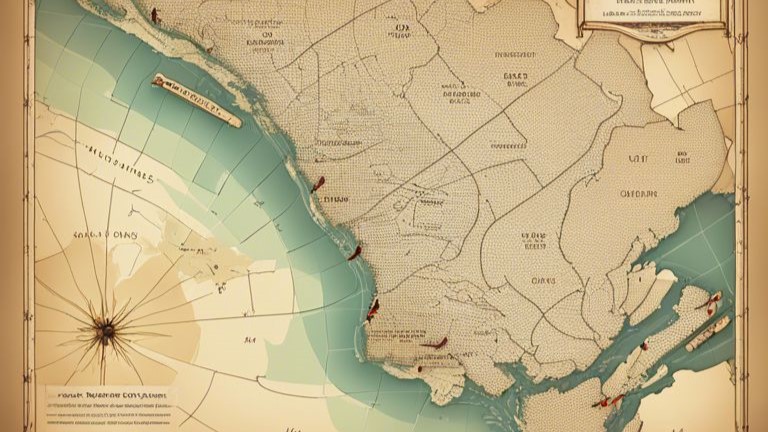Earthquakes in New Jersey

Earthquakes continue to shake the region of New Jersey, with a 4.8-magnitude quake striking on Friday. The United States Geological Survey reported that the earthquake was felt across the New York City metropolitan area, as well as in cities ranging from Philadelphia to Boston. The temblor occurred at 10:23 a.m. Eastern, about 4 miles north of Whitehouse Station, N.J.
Seismologists are currently reviewing available data, and the reported magnitude of the earthquake may be revised. Additional information collected about the earthquake could also prompt scientists to update the shake-severity map. Following the initial earthquake, a light aftershock with a preliminary magnitude of 4.0 struck near Gladstone, New Jersey at 5:59 p.m. Eastern on Friday. Aftershocks are typically smaller earthquakes that occur in the same general area as the initial quake, representing minor adjustments along the fault.
Aftershocks can occur days, weeks, or even years after the first earthquake. These subsequent events can be of equal or larger magnitude compared to the initial earthquake, potentially affecting locations already damaged by the seismic activity. The U.S.G.S. data shows that there have been a total of 188 earthquakes with a magnitude of 2.5 or greater within a 250-mile radius of New York City since 1957. Out of these, only seven have had a magnitude at or above 4.5. The recent 4.8-magnitude earthquake in New Jersey ranks as the third-highest magnitude event in the available data, following earthquakes in 1983 (5.1) and 1992 (4.8).
As residents in the region continue to monitor seismic activity, it is necessary to stay informed about the potential risks and necessary precautions in the event of future earthquakes. Stay tuned for updates from the United States Geological Survey and local authorities regarding any developments in the seismic activity in New Jersey and the surrounding areas.
This article discusses the recent seismic activity in New Jersey, specifically focusing on a 4.8-magnitude earthquake that struck the area on Friday. The earthquake was felt across the New York City metropolitan area, as well as in cities ranging from Philadelphia to Boston.
The earthquake occurred at 10:23 a.m. Eastern, about 4 miles north of Whitehouse Station, N.J., according to data from the United States Geological Survey. Seismologists are currently reviewing the available data and may revise the earthquake's reported magnitude based on their analysis. Additional information collected about the earthquake could prompt U.S.G.S. scientists to update the shake-severity map.
Following the initial earthquake, a light aftershock with a preliminary magnitude of 4.0 was recorded near Gladstone, New Jersey, at 5:59 p.m. Eastern on the same day. Aftershocks are typically smaller earthquakes that occur in the same general area as the initial quake, representing minor adjustments along the fault that slipped during the main event.
Aftershocks can occur days, weeks, or even years after the first earthquake, and they have the potential to be of equal or larger magnitude compared to the initial seismic event. These subsequent tremors can continue to impact locations that have already been damaged by the initial earthquake.
According to data from the U.S.G.S., there have been 188 earthquakes with a magnitude of 2.5 or greater within a 250-mile radius of New York City since 1957. Among these seismic events, only seven have had a magnitude of 4.5 or higher. The recent 4.8-magnitude earthquake in New Jersey ranks as the third highest in magnitude within the available data.
This article showcases a timeline of notable earthquakes within the region, highlighting events like a 5.1-magnitude earthquake in Canada in 1983 and a 4.5-magnitude quake in Vermont in 1982. Today's earthquake in New Jersey is compared to these historical events to provide context for the recent seismic activity in the area.
Overall, the recent earthquake in New Jersey and its subsequent aftershock serve as reminders of the ever-present seismic activity in the region. As scientists continue to monitor and analyze these events, it is crucial for residents in the area to stay informed and prepared for any potential future earthquakes.